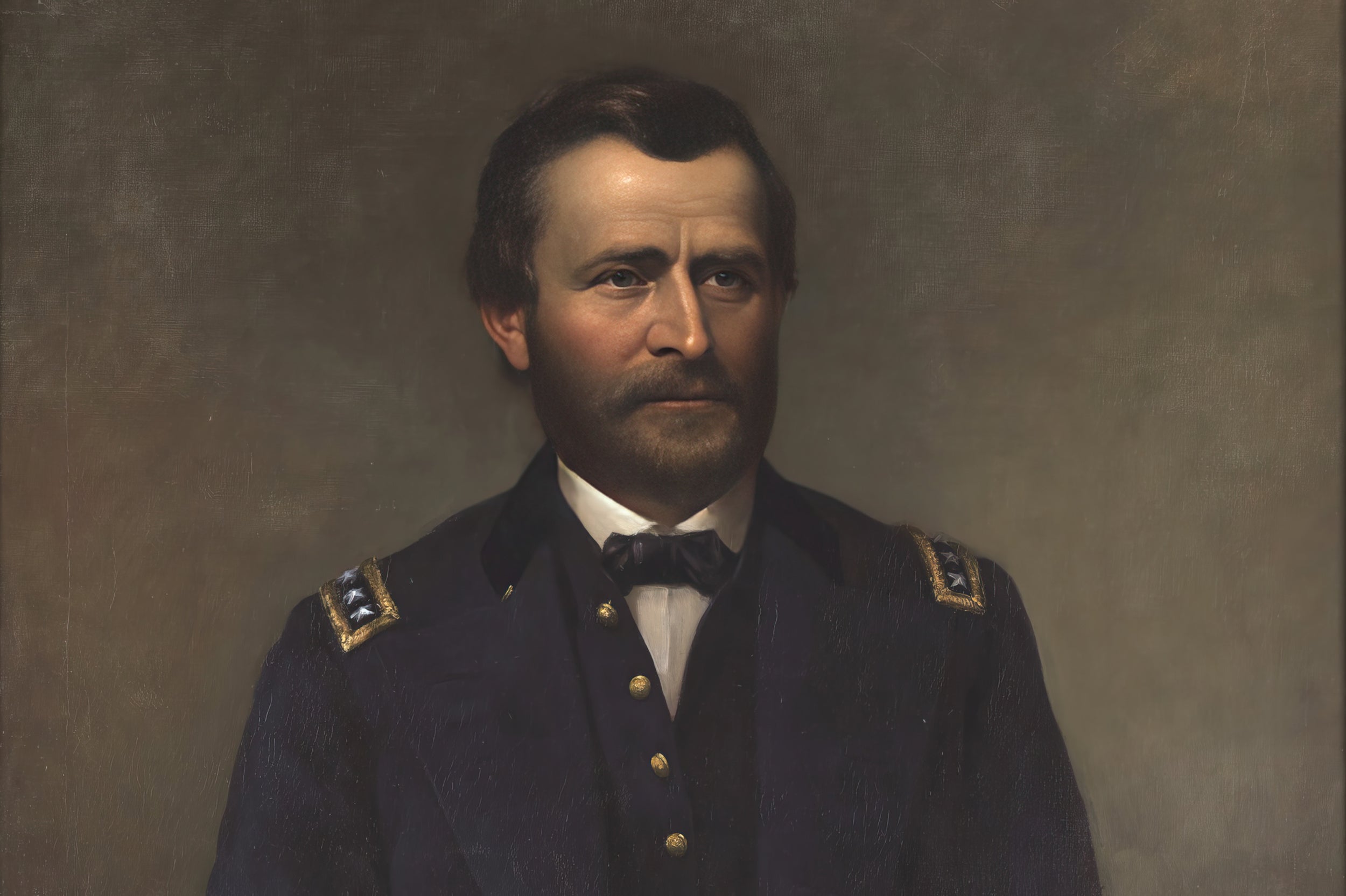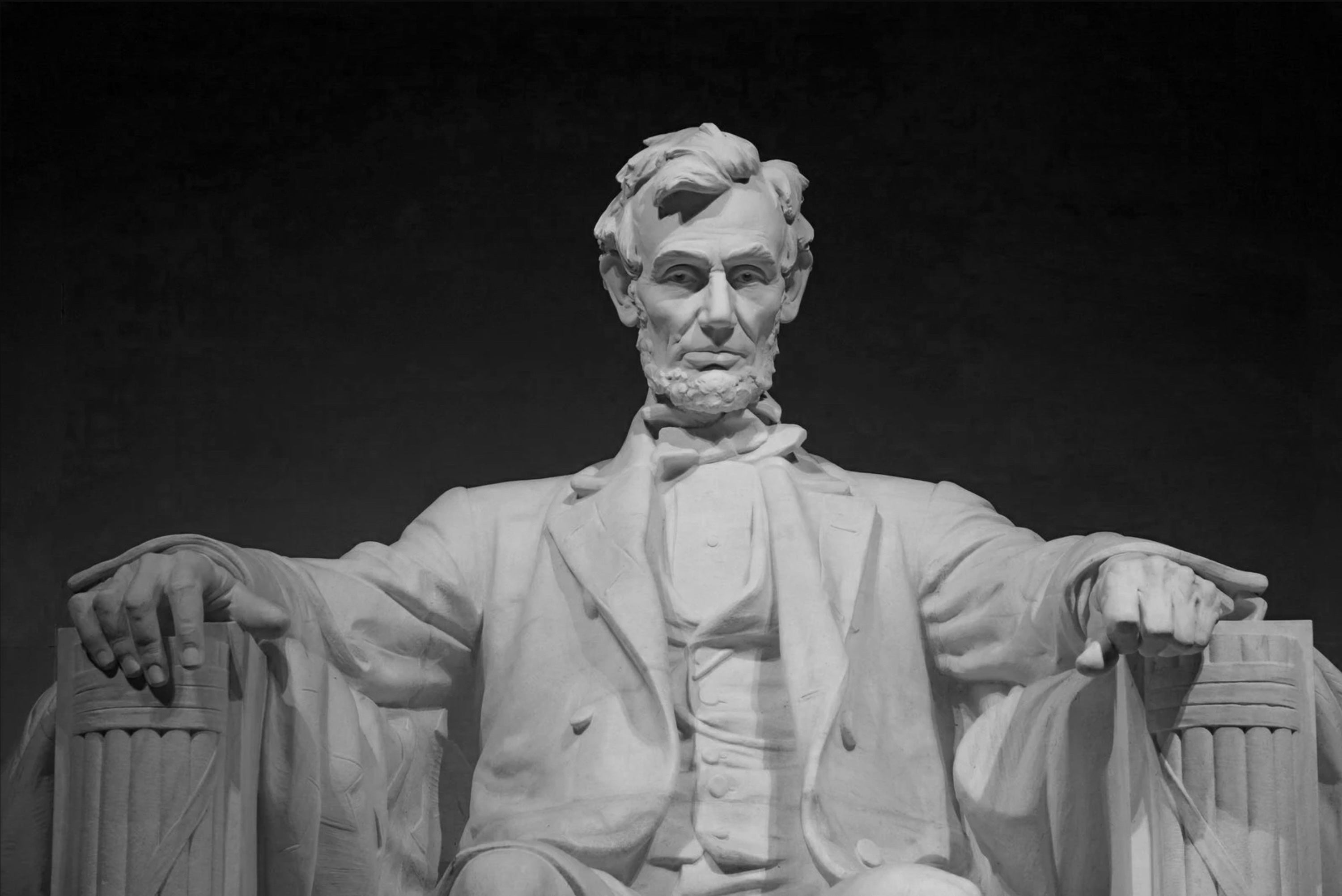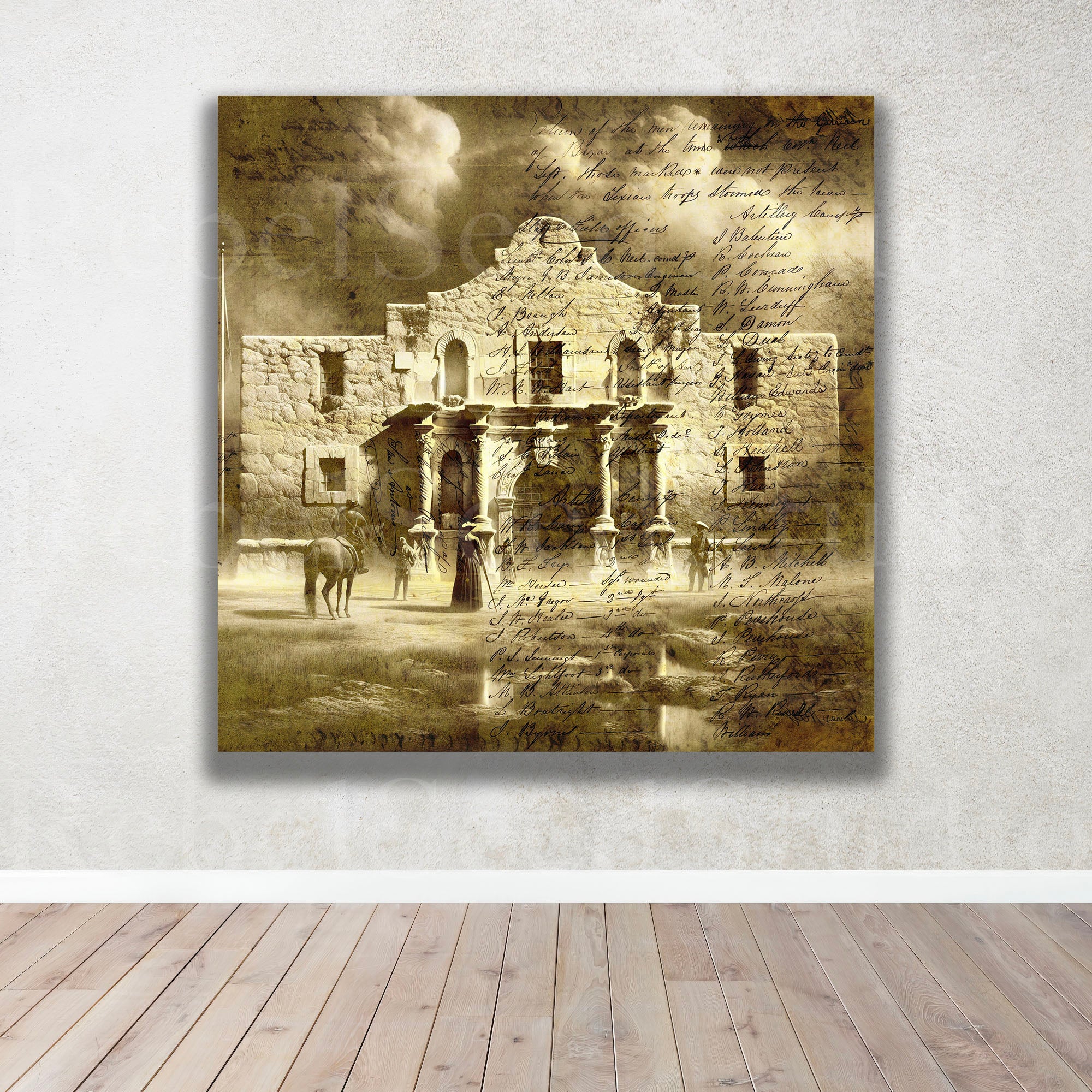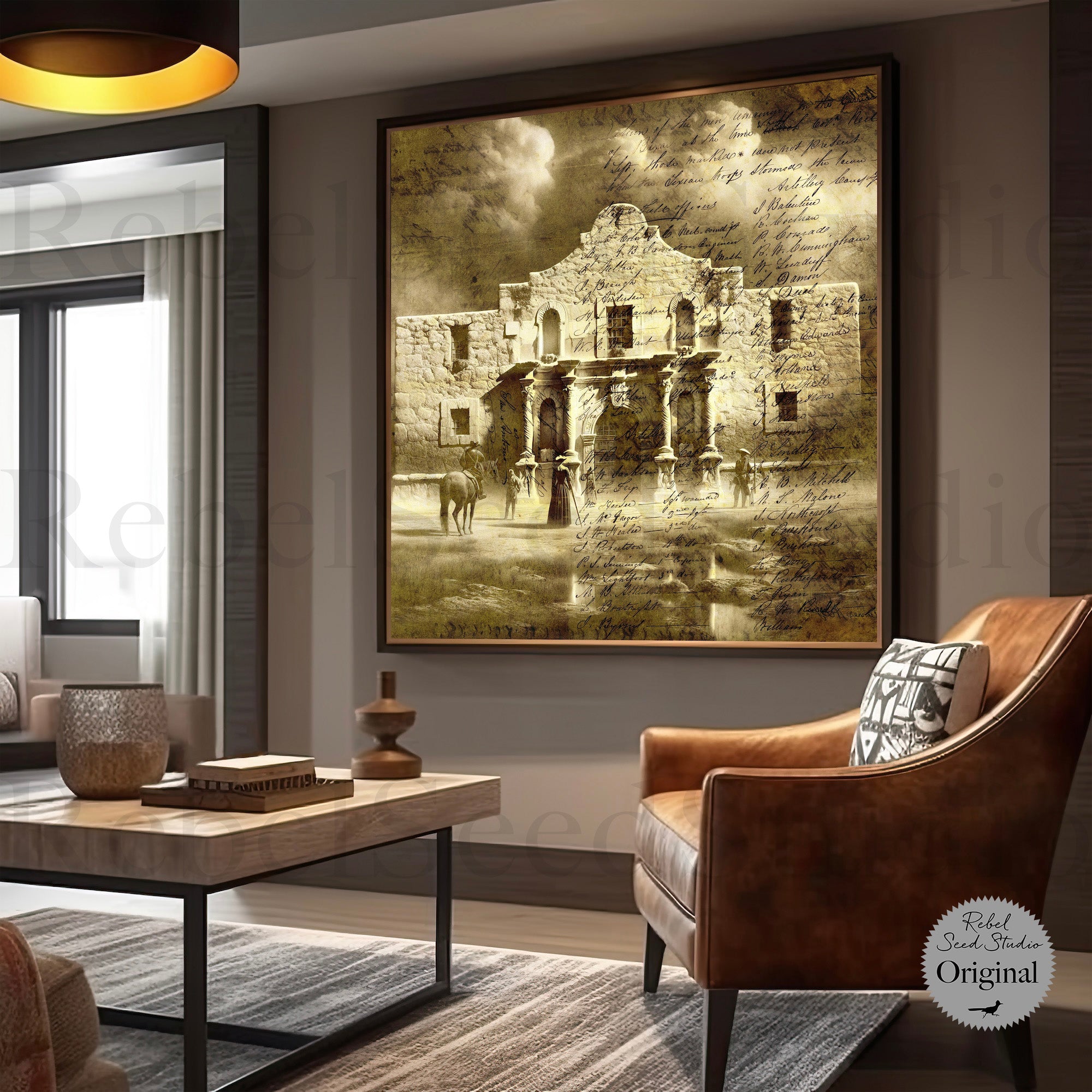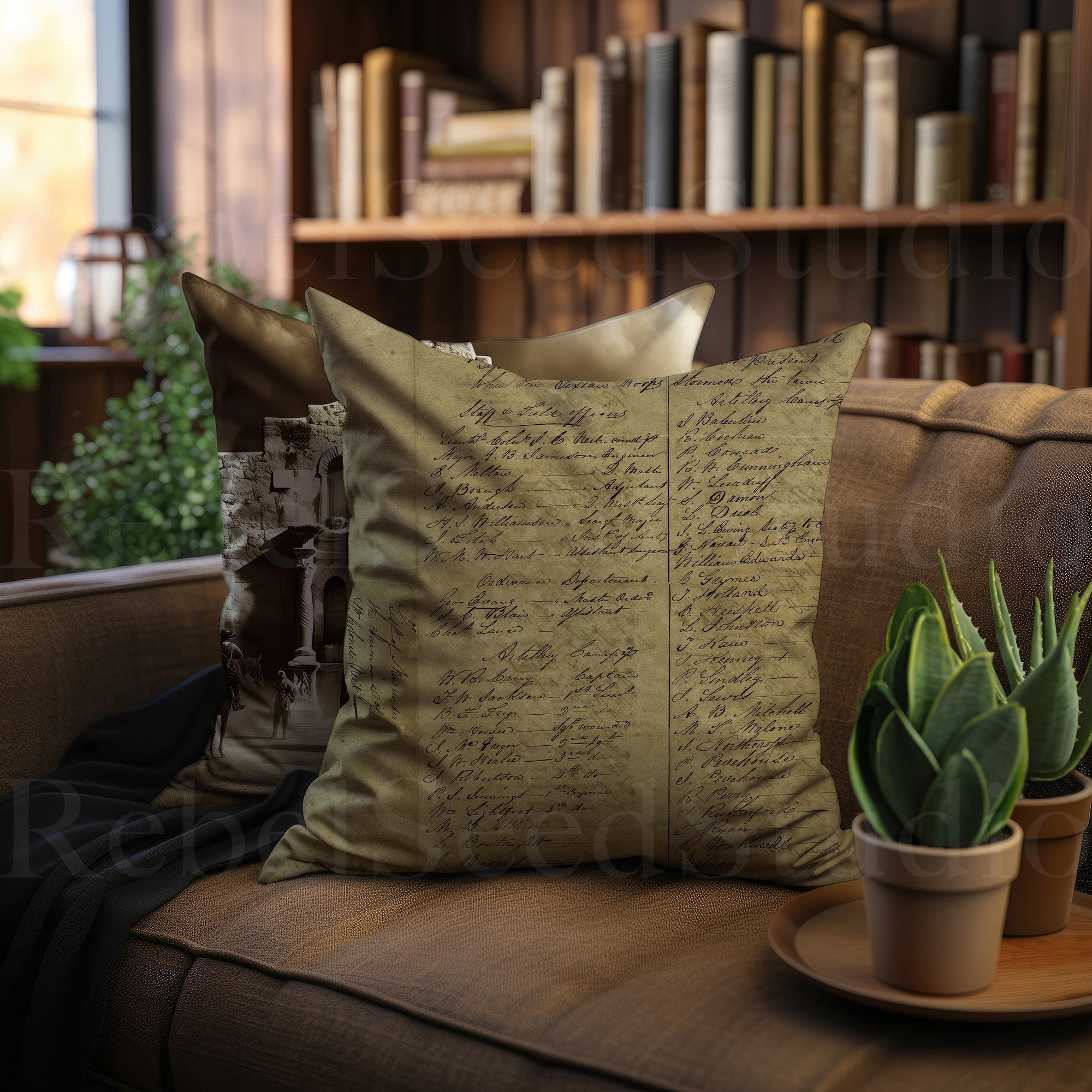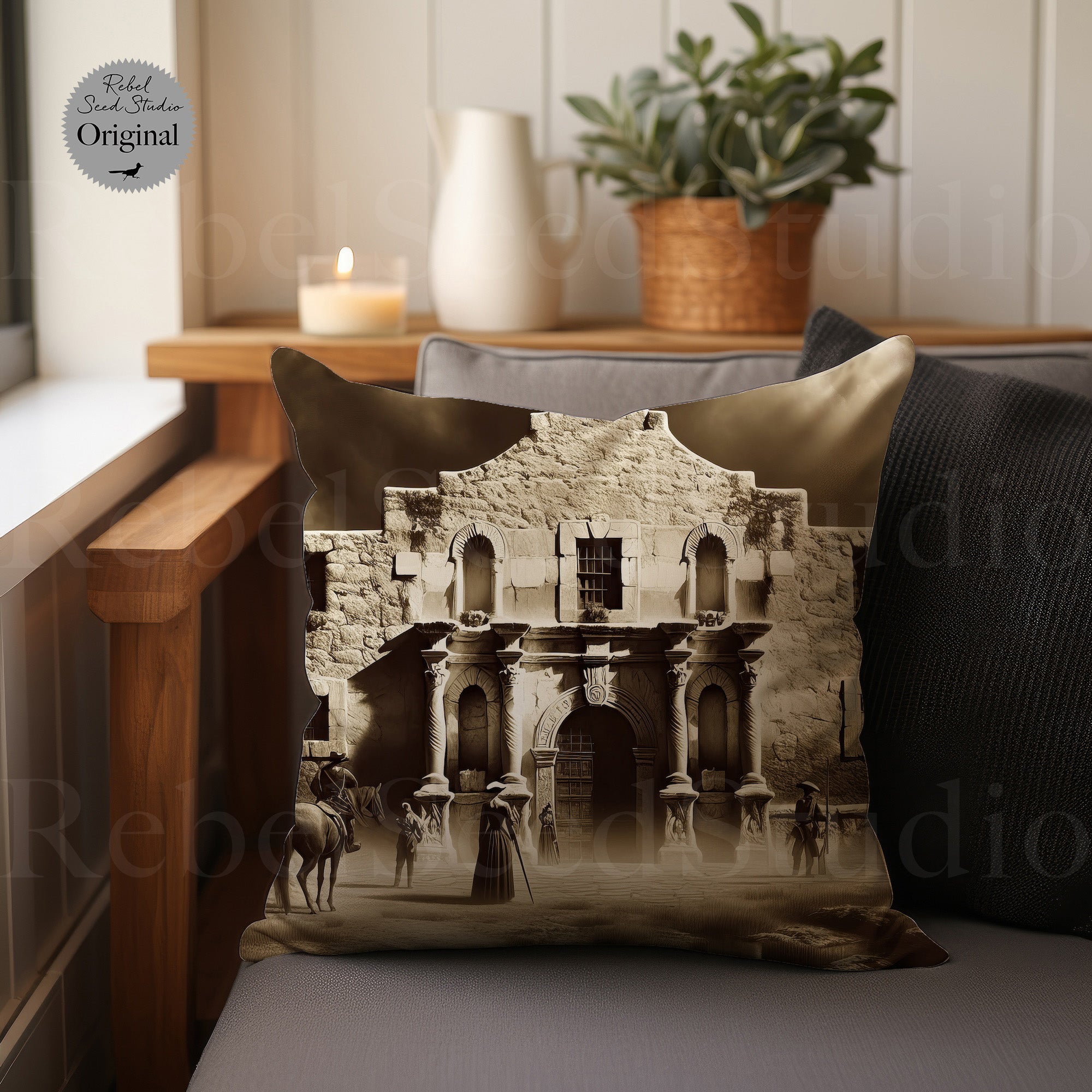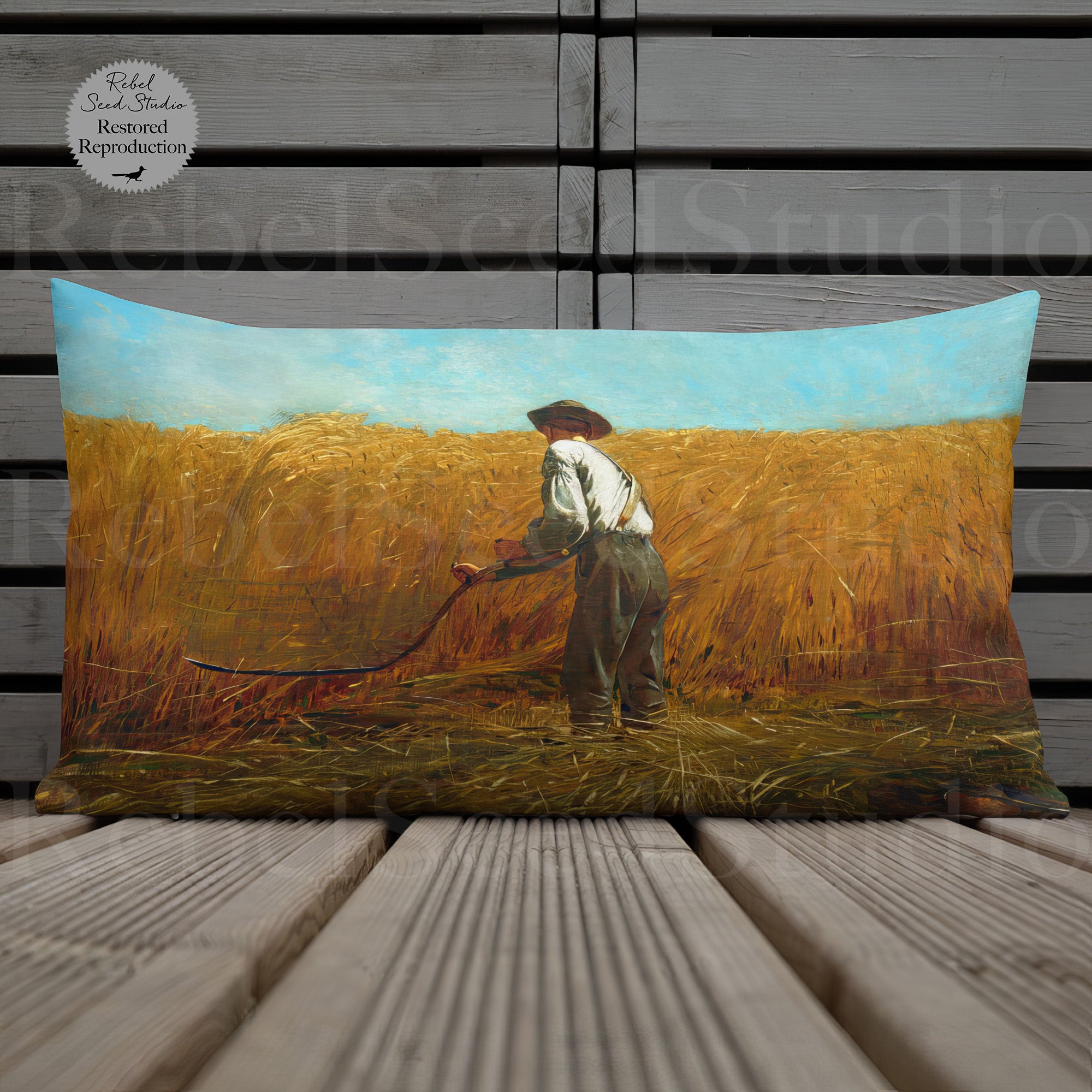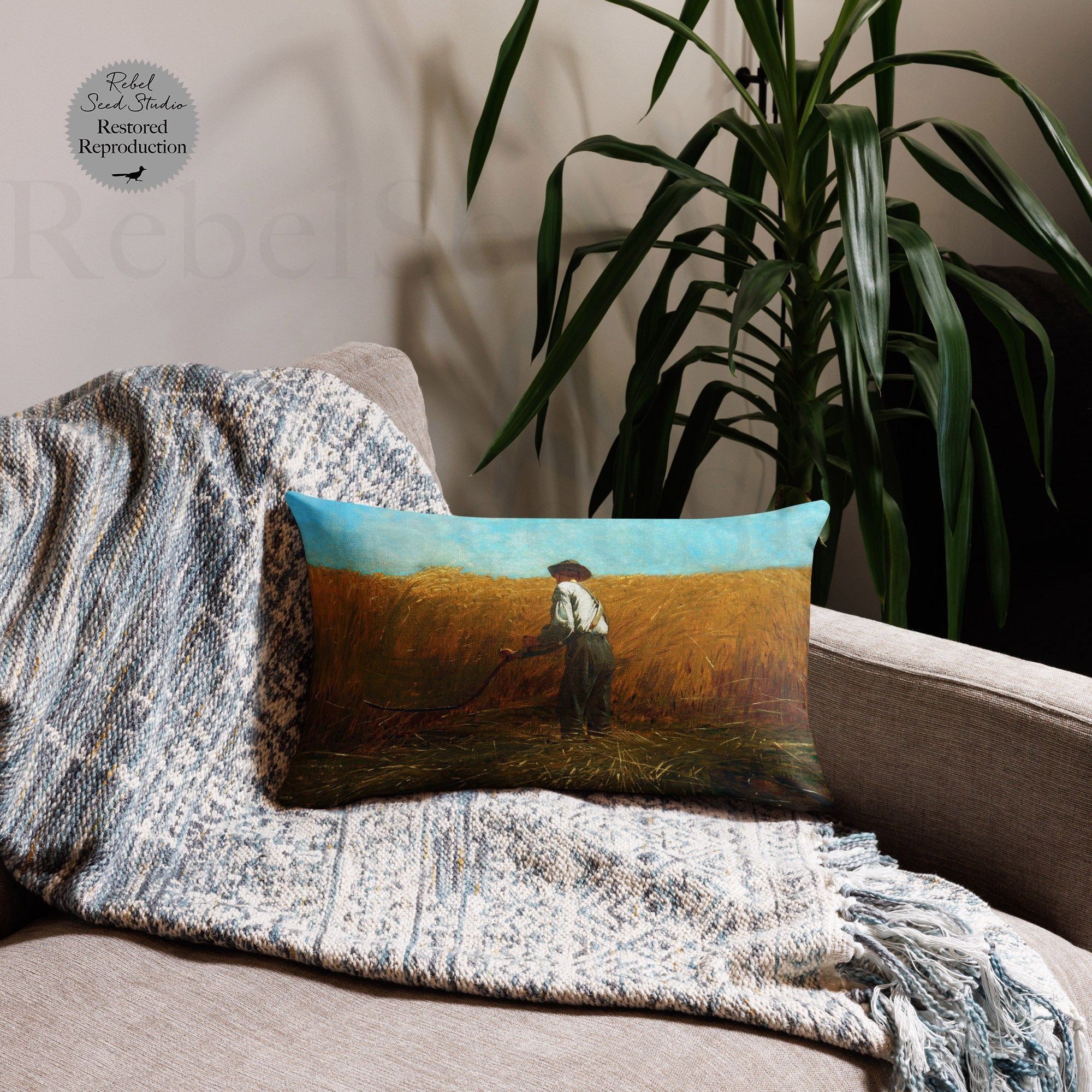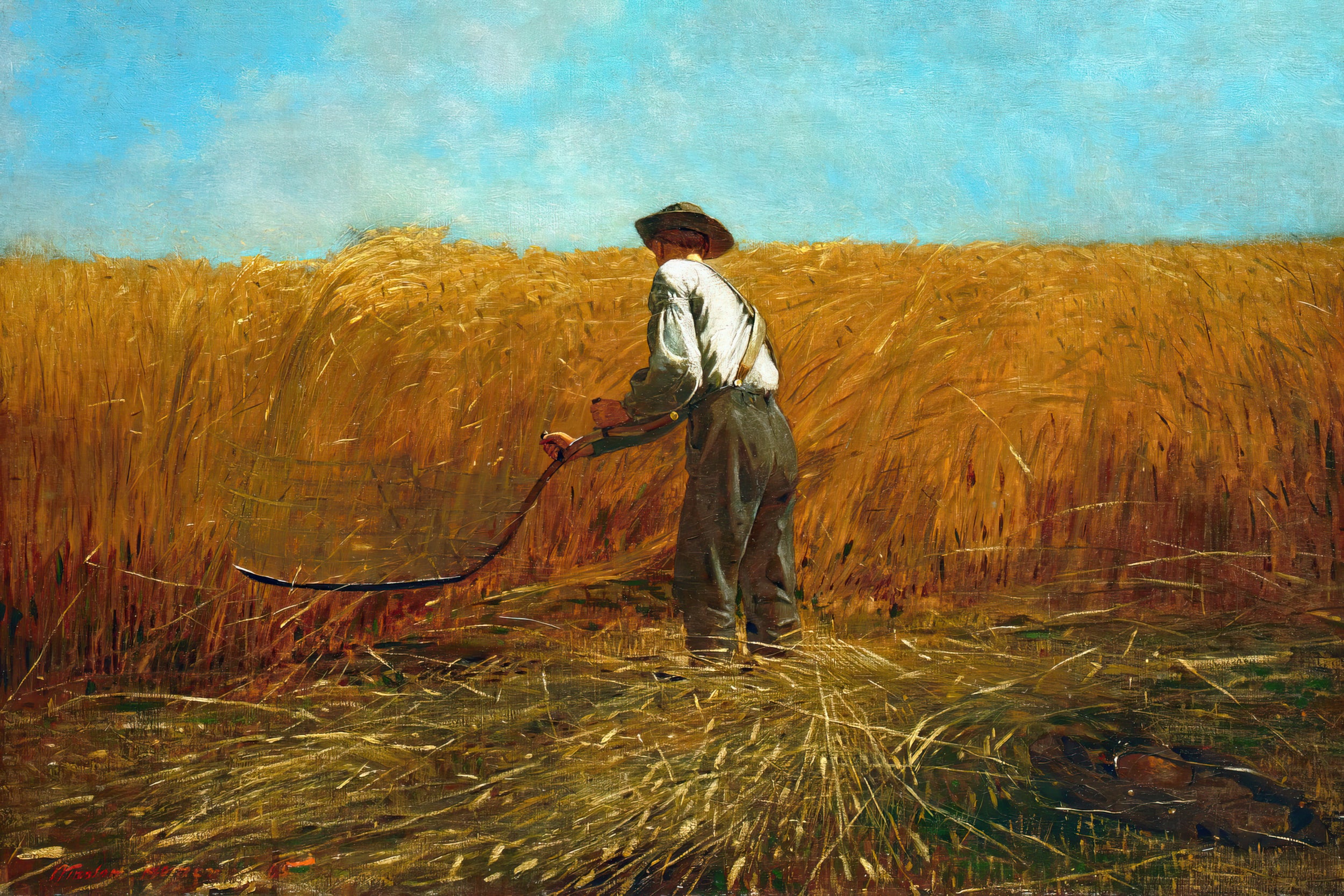
Winslow Homer's Civil War Paintings
Home Sweet Home
According to the National Gallery of Art: In Winslow Homer's 1863 painting, two union soldiers (infantrymen, as the insignia on their caps show) listen as the regimental band plays "Home, Sweet Home."
In what might almost be a description of Homer's painting, and of the kind of experiences Homer himself must have had when he visited the front in 1861 and 1862, Union General Nelson A. Miles described an occurrence in the valley of the Rappahannock:
"Late in the afternoon our bands were accustomed to play the most spirited martial and national airs, as Columbia, America, E. Pluribus Unum, and The Star-Spangled Banner, to be answered along the Confederate lines by bands playing, with equal enthusiasm, The Bonny Blue Flag, Southern Rights, and Dixie. These demonstrations frequently aroused the hostile sentiments of the two armies, yet the animosity disappeared when at the close some band would strike up that melody which comes nearest the hearts of all true men - Home, Sweet Home - and every band within hearing would join in that sacred anthem with unbroken accord and enthusiasm."
The title of Homer's painting evokes the "bitter moment of home-sickness and love-longing" that the song inspired in the soldiers. The title also refers to the soldiers' "home", shown with all of its domestic details - a small pot on a smoky fire, a tin plate holding a single piece of hardtack - which Homer, who did the cooking and washing when he was at the front, knew intimately, and which, with surely intended irony, are very far from "sweet".

In Front of Yorktown
Winslow Homer's Civil War painting, In Front of Yorktown, is also known as Camp Near Yorktown, A Camp Scene, and possibly On the Picket Line, and was completed between 1863-1866.
According to Yale University Art Gallery: As an artist-correspondent for Harper’s Weekly during the Civil War, Winslow Homer accompanied General George McClellan's Peninsular Campaign, the first major Union army offensive. Here he depicts five soldiers on picket duty at night. Such small groups were sent ahead of the main camp on the dangerous mission of raising an alert if the Confederate troops advanced. Warmed by the campfire, two men sleep, while the others are lost in thought. Homer’s careful placement of the tree puts the viewer in the position of a hidden observer, silently spying on the unaware men.

Prisoners From The Front
According to The History of Art: "The material that Winslow Homer collected as an artist-correspondent during the Civil War provided the subjects for his first oil paintings. In 1866, one year after the war ended and four years after he began to paint in oil, Homer completed the painting Prisoners from the Front.
It represents an actual scene from the war in which Union officer, Brigadier General Francis Channing Barlow (1834-1896), captured several Confederate soldiers and officers on June 21, 1864 in the Battle of Spotsylvania Court House. The background depicts the battlefield at Petersburg, Virginia. Homer expertly characterized the range of personalities involved in the war, from the young, uncertain boy being captured to the bearded old man, humbly submitting to his fate, to the proud challenging stance of the third man still dressed in Confederate uniform. We feel the tension between Barlow and the Confederated soldier, yet it never threatens the stability of the image. Homer seemed to emphasize the sense of unity and spirit of a nation acknowledging a new direction."

Rainy Day in Camp
According to the Metropolitan Museum of Art: Artist Winslow Homer completed his painting "Rainy Day in Camp - his last major scene of life at the front - six years after the Civil War ended (in 1871), using studies he had made during the siege of Yorktown, Virginia, in April and May 1862.
The red cloverleaf above Homer’s name on the overturned barrel in the left foreground was the insignia of the First Division of the Second Corps of the Army of the Potomac, of which the Sixty-First New York Volunteer Infantry - the unit to which the artist was assigned - was a part. One critic remarked that the bedraggled mule at the right “tells the whole story of the miserable conditions at Yorktown".

The Veteran in a New Field
Artist Winslow Homer completed The Veteran in a New Field in 1865, just months after the end of the Civil War.
It depicts a veteran farmer harvesting wheat in a field with a scythe. The farmer is identified as a former Union Soldier from his discarded jacket and canteen - covered by wheat and barely visible - in the right foreground of the painting.
The image is considered highly symbolic. Some of the bloodiest battles of the Civil War were fought in wheat fields, and in the popular conscience, fields of grain were associated with fallen soldiers. One particularly well-known and disturbing photograph of soldiers who had died at Gettysburg was published with the title "Harvest of Death".
According to Wikipedia: One of the important aspects of the painting is the scythe the veteran holds. This scythe has invited comparison with the Grim Reaper, the famous harbinger of death. This emphasizes the farmer's past as a soldier, and war's connection to death. The presence of the veteran harvesting the wheat parallels the massive loss of life in the Civil War and the "harvesting" of bodies that took place.
Additionally, the use of wheat as a crop is an important aspect of the painting's commentary on mortality. Wheat had historically been placed on coffins, connecting the crop with death. The veteran is surrounded by wheat, which is sometimes seen as a reminder that the soldier had been surrounded by death during his time at war. Alternatively, the presence of wheat may symbolize the North, as wheat is a northern crop, and was often used on patriotic images during the Civil War period.
The Veteran in a New Field - Art Pillow (Throw Pillow) | Click Here to Shop Item



